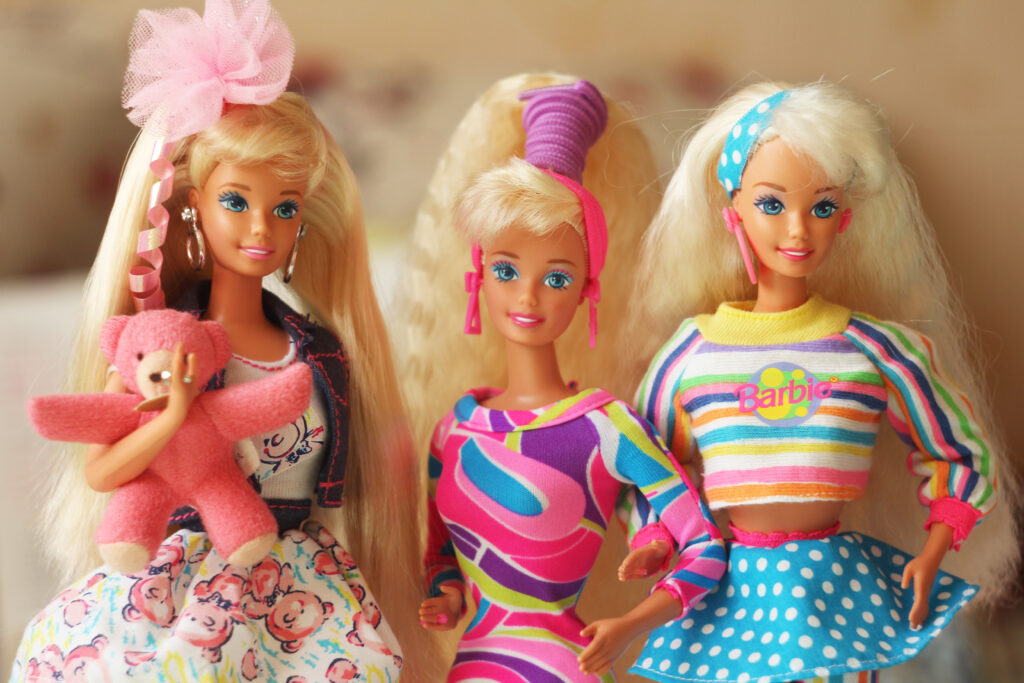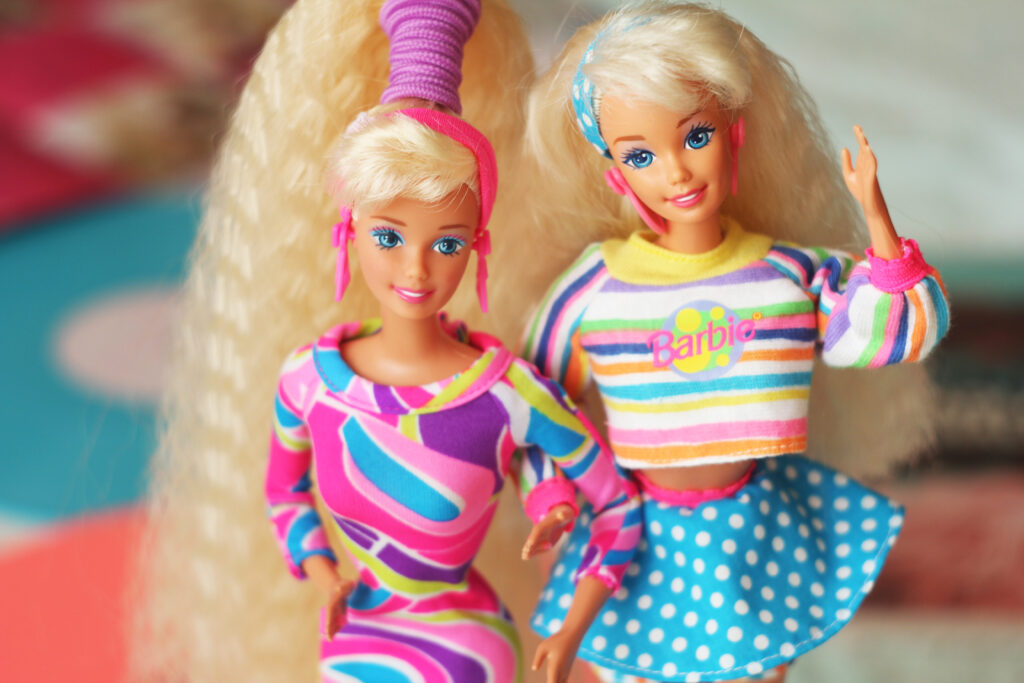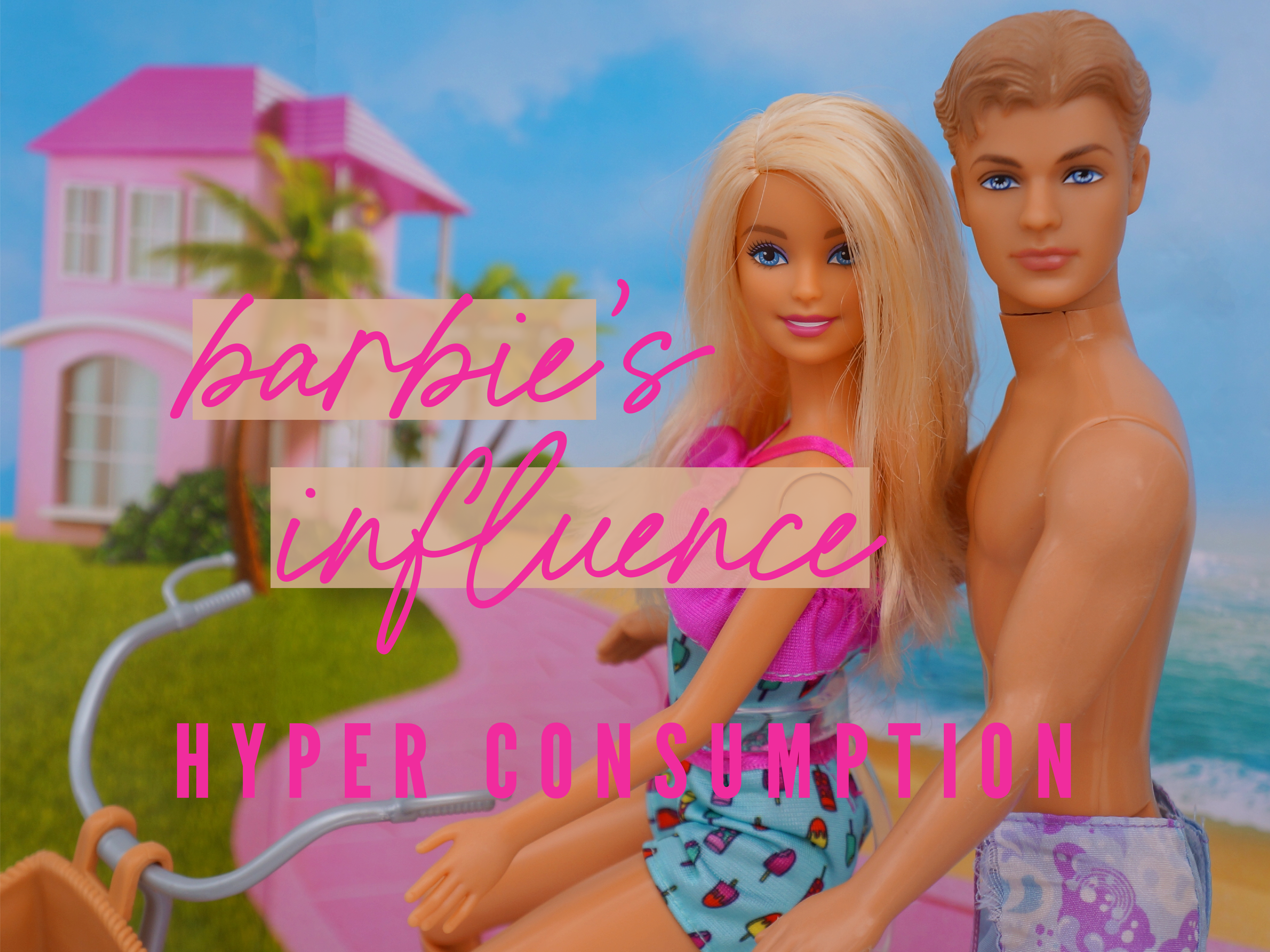Barbie, the fabulous fashion icon brought to life by Mattel in 1959, has stolen the hearts of millions and become an absolute sensation across the United States. With her irresistible charm, extensive product line, and unwavering cultural influence, Barbie has secured an undying love from American fans of all ages. In this article, we’ll dive into the irresistible allure of Barbie, unravel her lasting impact on popular culture, and address the debates surrounding hyper consumption.
It is worth noting that Barbie’s influence and cultural impact extend beyond consumption habits. She has also been recognized for her role in empowering young girls and promoting diversity and inclusivity through the introduction of dolls representing different ethnicities, body shapes, and careers. So grab your pink sunglasses and join us on a delightful journey to discover why America can’t get enough of Barbie!
1. The Allure of Barbie: A Cultural Icon

Barbie’s enduring popularity can be attributed to several factors. From her perfectly styled hair and fashionable outfits to her wide range of careers and stories, Barbie embodies an aspirational lifestyle that has captivated generations. Her versatility and adaptability make her a canvas for children’s imagination, allowing them to project their dreams and aspirations onto the doll. Barbie has become an icon, representing an idealized version of beauty, success, and limitless possibilities.
2. The Influence of Barbie in Popular Culture

Barbie’s impact goes beyond the realm of toys and play. She has left an indelible mark on popular culture through various mediums, including movies, books, and fashion collaborations. Barbie’s presence extends into the worlds of entertainment, influencing trends, and inspiring countless individuals. Her enduring appeal has resulted in a dedicated community of collectors and enthusiasts who celebrate and preserve the legacy of the iconic doll.
However, Barbie’s popularity has also been criticized for its potential correlation with hyper consumption. Critics argue that Barbie’s extensive product line, including numerous outfits, accessories, and playsets, promotes a culture of materialism and encourages constant purchasing. Additionally, the perceived emphasis on appearance and body image associated with Barbie has sparked discussions about unrealistic beauty standards and their potential impact on self-esteem.
3. Unpacking the Hyper Consumption Debate

While Barbie has amassed a dedicated following, she has also faced criticism for potentially promoting hyper consumption. The extensive product line, ranging from numerous outfits and accessories to playsets, has been accused of encouraging materialism and fueling a culture of constant purchasing. Critics argue that this focus on consumption could have adverse effects on children, fostering unrealistic expectations, and perpetuating unhealthy beauty standards.
However, it’s important to note that Barbie’s influence is not solely confined to consumption habits. Over the years, Mattel has introduced diverse Barbie dolls representing different ethnicities, body shapes, and careers, aiming to promote inclusivity and empower young girls. This expansion of the Barbie line has helped counter some of the criticisms related to body image and has contributed to positive representation and increased self-esteem for many children.
4. Cultivating Mindful Consumerism

As with any consumer product, it’s essential to approach Barbie and other toys mindfully. Parents and guardians play a crucial role in guiding children’s attitudes towards consumption, promoting healthy values, and fostering critical thinking skills. By engaging in open conversations about consumerism, encouraging creativity and resourcefulness, and teaching the value of responsible consumption, we can help children develop a more balanced and thoughtful approach to play and material possessions.
Ultimately, whether Barbie correlates with hyper consumption is subjective and depends on individual perspectives and consumption patterns. It’s important for consumers, especially parents, to be mindful of their purchasing decisions and encourage healthy attitudes towards consumption and self-image while engaging with toys and products like Barbie.
Conclusion
Barbie’s cultural significance cannot be understated. She has become an enduring symbol of beauty, fashion, and limitless possibilities. While debates surrounding hyper consumption and Barbie persist, it’s important to recognize that the doll has evolved to address some of the criticisms. Barbie’s impact extends far beyond mere consumerism, with the doll serving as a canvas for imagination and inspiration, promoting diversity, and empowering young individuals worldwide. By embracing mindful consumerism, we can encourage a healthy balance between play, personal values, and responsible consumption in the world of Barbie and beyond.

Written By
Alexander Coronado


